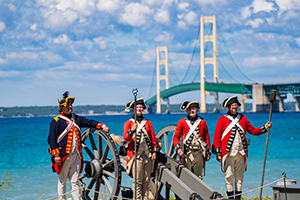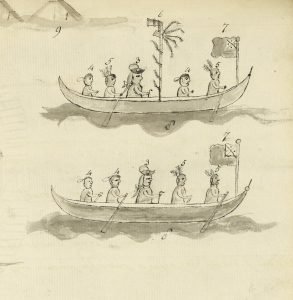
You may be aware of Mackinac’s connection to cities like Detroit and Montreal, but many other communities can also trace a historic connection back to the straits. One such city is Green Bay, Wisconsin, which will be celebrating several important milestones in 2017. This year marks the 200th anniversary of Fort Howard, built by American troops, and the 300th anniversary of the colonial French Fort La Baye. Both posts were located in present-day Green Bay and had ties to Mackinac.
By the 1600s both Mackinac and Green Bay were part of French Canada, and both deeply linked to the fur trade. The majority of the fur trade that went west from Michilimackinac headed to Green Bay. Green Bay’s Fox River was a main artery for reaching the Mississippi River and trading grounds in central Wisconsin and Minnesota. As a result of the first Fox War (1712-1716), the French established Fort La Baye to protect this vital trade route. Many of the French soldiers who built and later garrisoned La Baye were sent from Fort Michilimackinac, which was built around 1715.
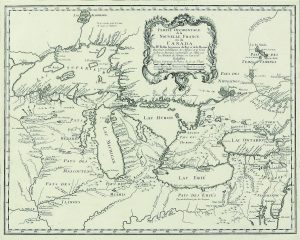
After the British victory in the Seven Years’ War, the British 60th Regiment took command of both Michilimackinac and La Baye. Soldiers under the command of Lieutenant James Gorrell arrived at Fort La Baye in 1761 and renamed the fort Edward Augustus in honor of King George III’s younger brother. Thanks largely to Gorrell’s leadership and good relations with the Native groups of Green Bay, Edward Augustus was the only Great Lakes post that was not attacked during Pontiac’s Uprising in 1763. After learning that Michilimackinac had fallen, Gorrell’s garrison set off with warriors from the Menominee, Sauk, Ho-Chunk, and Fox to negotiate with the Ojibwa for the release of the survivors of the British garrison of Michilimackinac.
After the War of 1812, the United States looked to strengthen its hold on the Great Lakes. American troops improved the defenses of Mackinac Island’s Fort Mackinac, which they inherited from the British in 1796. American soldiers also built Fort Howard at the site of La Baye and Edward Augustus, which the British had abandoned after the uprising in 1763. Forts Howard and Mackinac projected American military force on the upper Great Lakes, even as the fur trade moved away from Michigan and Wisconsin. Fort Howard was decommissioned in 1853, and Fort Mackinac in 1895, but the two areas remained connected with ferry services, roads, and rail lines bringing people between the two.
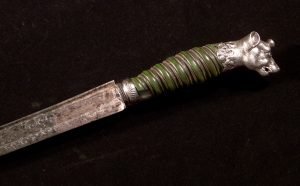
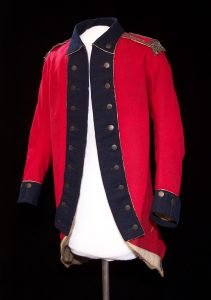
Mackinac and Green Bay also share some famous residents, including Charles Langlade, the “Father of Wisconsin.” Born at Michilimackinac, Langlade became a prominent fur trader and leader of both the French and Native communities. He led war parties for the French during the Seven Years’ War before supporting the British during the American Revolution. He moved to Green Bay in 1763, but maintained his business at Michilimackinac as well. Another shared resident was Dr. William Beaumont, the U.S. Army surgeon who was stationed at Forts Mackinac and Howard in the 1820s. Beaumont began his groundbreaking research on human digestion at Fort Mackinac just a few years before being transferred to Fort Howard.
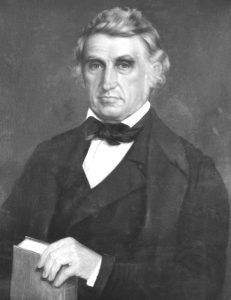
These two communities on opposite sides of Lake Michigan, Green Bay and Mackinac, share a long and rich history. How is your hometown connected to Mackinac?


